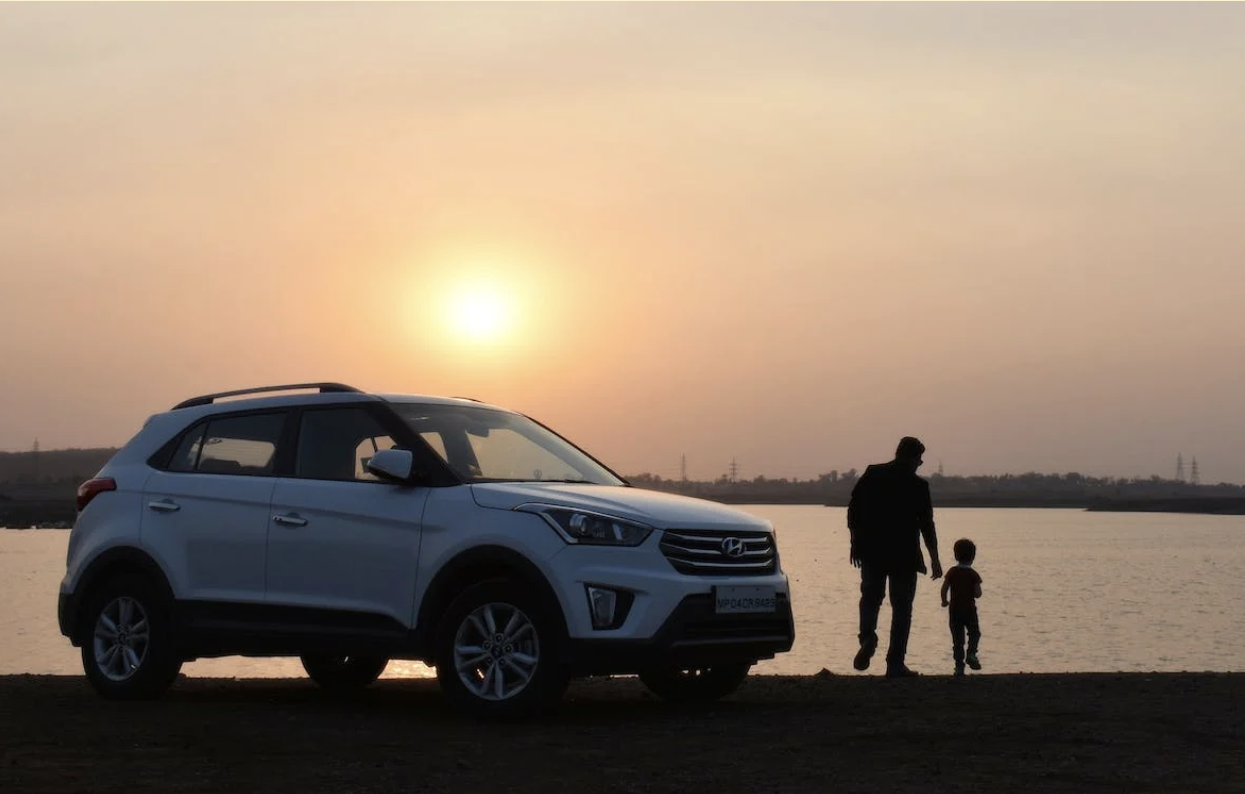The exhilaration of buying your first car is unparalleled. It signifies freedom, responsibility, and a new chapter in your life. Whether you’re a teenager excited about the open road or an adult taking a new step towards independence, this guide will help you navigate the process of buying your first car.

1. New vs. Used
The age-old debate: should you buy a new car or a used one? Before delving into the pros and cons of each option, it’s essential to mention that, irrespective of your choice, visit FAXVIN to get vehicle history reports and vehicle VIN checks online. This step ensures you know the history of the vehicle you’re considering, especially for used cars. Now, let’s dissect the advantages and disadvantages of both.
New Cars
- Pros: Latest features, full warranty, and the peace of mind of being the first owner.
- Cons: Depreciates faster; higher upfront cost.
Used Cars:
- Pros: More affordable, slower depreciation, and potentially lower insurance costs.
- Cons: Unknown maintenance history, potential for more frequent repairs, and shorter lifespan.
Consider what’s most important to you, whether it’s having the latest tech features or saving money in the long run.
2. Determine Your Budget
Get down to the fundamentals, such as your budget, before you start ogling the most recent models or succumbing to flashy advertisements. Ask yourself:
- How much can I afford to pay upfront?
- What monthly payments am I comfortable with if I’m financing the car?
- Have I accounted for insurance, maintenance, fuel, and other ongoing costs?
Consider using online tools and calculators to help determine what you can afford. Remember, just because you’re approved for a certain loan amount doesn’t mean you should spend that much. Stick to a realistic budget.
3. Research Models and Reviews
Now that you have a clear idea of your budget and whether you’re leaning towards new or used, it’s time to research. Consider:
- Size: Do you need a compact car, sedan, SUV, or truck?
- Fuel Efficiency: How important is miles-per-gallon (MPG) to you?
- Safety: Look for safety ratings and features.
- Reliability: Some brands and models are known for their longevity.
Use online platforms to read reviews from both experts and actual owners. Sites like Kelley Blue Book, Edmunds, and Consumer Reports can be invaluable resources.

4. Financing Your Car
Unless you’re paying in full with cash, you’ll likely need to explore financing options:
- Dealership Financing: Often, dealerships will offer financing. While convenient, it’s essential to ensure the rates are competitive.
- Bank or Credit Union Loans: Sometimes, securing a loan from your bank or a credit union can offer better interest rates.
- Leasing: If you like the idea of driving a new car every few years and don’t want to deal with selling it later, leasing might be an option. However, there are often mileage limits and potential fees at the end of the lease.
Always read the fine print and understand your loan’s terms, including the interest rate and loan duration.
5. Test Drive Multiple Options
Never buy a car without test driving it first. A car might look great on paper, but driving it could reveal issues or personal dislikes. When test driving:
- Pay attention to visibility, comfort, and how the car handles.
- Test out features like the audio system, air conditioning, and other controls.
- Drive in conditions similar to what you’ll face daily, such as highway speeds or tight city corners.
6. Inspect Used Cars Thoroughly
If you’ve decided on a used car, it’s crucial to inspect it thoroughly:
- Service History: Request maintenance records to ensure it has been well-maintained.
- Mechanic Inspection: Consider getting a trusted mechanic to inspect the car before purchase.
- Vehicle History Report: Use services like Carfax or AutoCheck to ensure the car hasn’t been in significant accidents.
7. Negotiate
Negotiation can be daunting, especially for first-time buyers, but it can save you a significant amount:
- Know the Car’s Value: Research beforehand to know a fair price.
- Be Ready to Walk Away: If the deal isn’t right, there’s no harm in walking away and looking elsewhere.
- Consider Timing: Dealerships may have quotas towards the end of the month or year and might be more willing to negotiate.
8. Seal the Deal
Once you’re happy with the price, it’s time to finalize the deal:
- Review the contract thoroughly. Make sure all the terms, including the price, are correct.
- Arrange for insurance. You’ll need proof of insurance before driving the car off the lot.
- If purchasing from a private seller, ensure all paperwork is complete, including the vehicle’s title transfer.
9. Ongoing Maintenance
Congratulations on your purchase! To ensure your car serves you for years to come:
- Follow the recommended service schedule.
- Keep it clean, inside and out.
- Address minor issues before they become major problems.
Remember, a car is a significant investment, and proper care can help retain its value and performance.
10. Understanding Car Insurance
One of the most critical aspects of owning a car is ensuring it’s adequately insured. Car insurance not only protects your investment but is also a legal requirement in many regions. Here’s a quick primer for first-time car buyers:
Types of Coverage:
- Liability Insurance: Covers damages to others caused by your car. This is often the minimum legal requirement.
- Collision Insurance: Pays for damages to your vehicle in the event of a collision.
- Comprehensive Insurance: Covers damage to your car from non-collision related events like theft, fire, or natural disasters.
- Uninsured/Underinsured Motorist Protection: Covers you in case you’re involved in an accident with someone who doesn’t have adequate insurance.
Factors Affecting Insurance Premiums:
Several factors determine how much you’ll pay for car insurance:
- Age and Experience: Younger, less experienced drivers often pay higher premiums.
- Vehicle Type: Sports cars might cost more to insure than minivans.
- Driving Record: A clean record can lead to lower premiums.
- Location: Urban areas with higher traffic might incur higher insurance costs.
Ways to Save on Insurance:
- Bundle Insurance: If you have other types of insurance (like home or renters insurance), bundling them with the same company can lead to discounts.
- Safety Features: Cars equipped with safety features may qualify for discounts.
- Higher Deductibles: Opting for a higher deductible can lower your premiums, but ensure you can afford the deductible in case of a claim.
- Shop Around: Rates can vary significantly between providers. Get multiple quotes and compare.
Conclusion
Buying your first car is a memorable milestone. By being informed and methodical in your approach, you can ensure you get the best vehicle for your needs and budget. Safe driving, and enjoy the journey ahead!
Published by HOLR Magazine.


